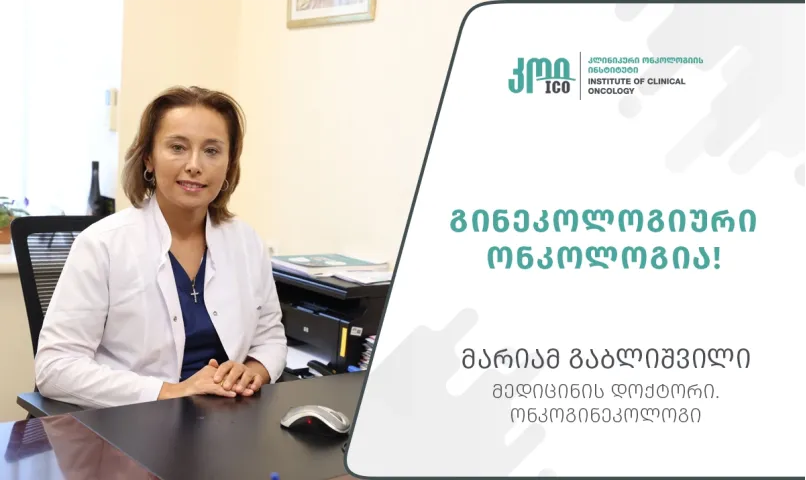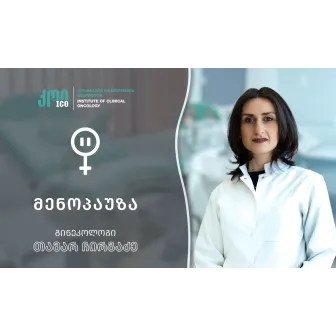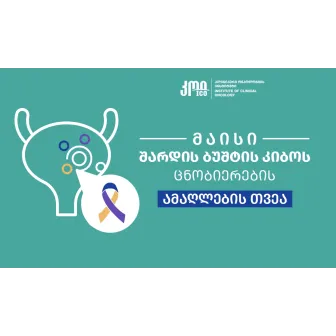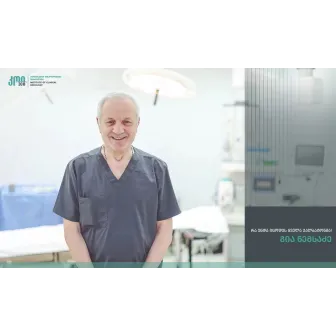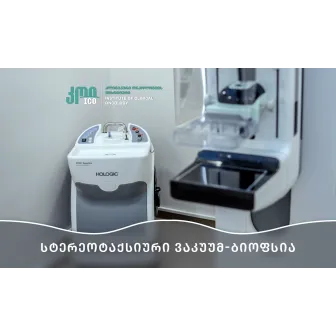The fight against cancer begins with timely diagnosis, correct treatment strategy, psychological readiness, and, most importantly, the supervision of trusted doctors.
What should we know about oncogynecology? What are the symptoms and what are the causes of cancer? Oncogynecologist of the Institute of Clinical Oncology, Doctor of Medicine - Mariam Gablishvili talks about these issues.
Cervical Cancer
Cervical carcinoma occurs mainly in young women, especially between the ages of 35 and 44. It occurs in only 15% of women over the age of 60. The development of this disease is often associated with the human papillomavirus (HPV).
- What are the risk factors for this disease?
- Multiple births
- Frequent change of sexual partners
- Tobacco consumption
- Long-term use of combined oral contraceptives
Cervical cancer is one of the most preventable cancers. Early detection of precancerous diseases and their adequate treatment significantly reduces the risk of developing malignant tumors.
Symptoms:
- Abnormal vaginal bleeding (postcoital, menstrual, postmenopausal bloody discharge)
- Abrormal vaginal discharge
- Pelvic pain
- Urination problems
Endometrium Cancer
Malignant Endometrial cancer occurs mainly in postmenopausal women, with an average age of 60.
Risk factors:
- Hormonal disbalance
- Early menarche
- Infertility
- Age
- Obesity
- History of breast pathologies
- Lynch syndrome
What are the symptoms?
The disease is characterized by abnormal vaginal bleeding, both in premenopausal and elderly women.
Ovarian cancer
Ovarian cancer is most common in older women, with half of those affected being over the age of 63.
Symptoms:
• Abdominal bloating
• Ascites (accumulation of fluid in the abdominal cavity)
• Difficulty urinating
• Pelvic pain
Diagnostics and treatment
Diagnosis of oncological pathologies includes:
• Physical examination
• Ultrasound examination of the abdominal cavity and pelvis
• Magnetic resonance imaging (MRI)
• PET-CT
• Diagnostic laparoscopy
• Biopsy and morphological/immunohistochemical studies
Treatment modalities:
- Surgical intervention
- Radiotherapy
- Chemotherapy
- Imunotherapy
Treatment tactics are determined by the oncology team, based on the stage of the disease and taking into account the recommendations of international guidelines.
Timely diagnosis and correct treatment strategy are crucial. Consultation with a gynecological oncologist and regular screening are one of the best ways to prevent cancer.
- Views:3051




